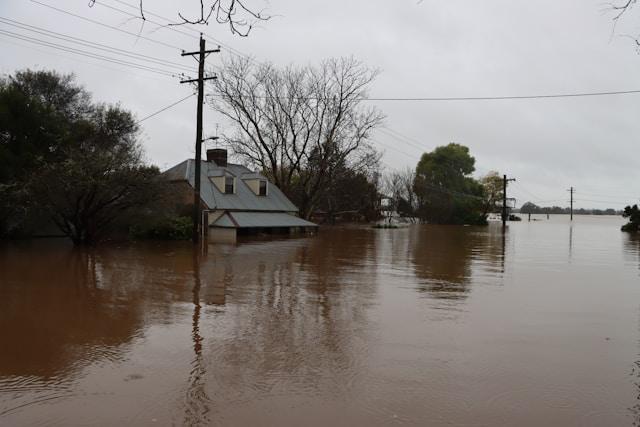
Water damage can be a homeowner’s nightmare, wreaking havoc on property and possessions alike. Whether it’s from a burst pipe, a leaky roof, or a natural disaster like a flood, the aftermath of water damage can be overwhelming. However, with prompt action and the right approach, it’s possible to mitigate the damage and restore your home to its former glory. This comprehensive guide will walk you through the steps involved in a complete water damage restoration treatment.
1. Assessment and Inspection
The first step in any residential water restoration process is to assess the extent of the damage and identify the source of the water intrusion. This may involve inspecting the affected areas, including walls, floors, ceilings, and any belongings that may have been exposed to water. It’s crucial to determine whether the water is clean, contaminated, or toxic, as this will influence the remediation process.
2. Water Removal
Once the assessment is complete, the next step is to remove standing water from the premises. Depending on the severity of the damage, this may involve using pumps, vacuums, or other specialized equipment to extract water from carpets, flooring, and other surfaces. The goal is to remove as much water as possible to prevent further damage and mold growth.
3. Drying and Dehumidification
After the standing water has been removed, the drying and dehumidification process begins. This involves using high-powered fans, dehumidifiers, and other drying equipment to eliminate moisture from the air and surfaces. It’s essential to thoroughly dry all affected areas to prevent mold and mildew growth, which can further compromise the integrity of your home and pose health risks to occupants.
4. Salvaging and Restoration
Once the affected areas have been dried out, the focus shifts to salvaging and restoring any damaged materials or belongings. This may involve cleaning and disinfecting furniture, carpets, and other items that can be salvaged, as well as repairing or replacing damaged building materials such as drywall, insulation, and flooring. In some cases, professional restoration services may be required to ensure that the job is done correctly and safely.
5. Mold Remediation
One of the most significant risks associated with water damage is the growth of mold and mildew. These can thrive in damp, humid environments and can pose serious health risks to occupants if left unchecked. As part of the restoration process, it’s essential to thoroughly inspect for mold growth and take appropriate remediation measures to remove any existing mold and prevent it from returning.
6. Structural Repairs
In cases of severe water damage, structural repairs may be necessary to restore the integrity of the building. This may involve repairing or replacing damaged support beams, joists, and other structural elements that have been compromised by water intrusion. It’s essential to address any structural issues promptly to prevent further damage and ensure the safety of occupants.
7. Prevention and Mitigation
Once the water damage restoration process is complete, it’s crucial to take steps to prevent future water damage. This may involve addressing underlying issues such as faulty plumbing, inadequate drainage, or poor ventilation to reduce the risk of future water intrusion. Additionally, regular maintenance and inspections can help identify potential problems early and prevent them from escalating into major issues.
8. Post-Restoration Inspection and Follow-Up Maintenance
Once the water damage restoration process is complete, it’s essential to conduct a thorough post-restoration inspection to ensure that all repairs and remediation efforts have been successful. This inspection may involve checking for any signs of moisture or mold growth, testing the functionality of plumbing and electrical systems, and verifying the structural integrity of the building. Additionally, implementing a regular maintenance schedule can help prevent future water damage and ensure the long-term stability and safety of your home. By staying vigilant and proactive, you can minimize the risk of future water damage and enjoy peace of mind knowing that your home is well-protected against potential threats.
Conclusion
Water damage can be a devastating experience for homeowners, but with the right approach, it’s possible to mitigate the damage and restore your home to its former condition. By following the steps outlined in this guide, you can ensure that your water damage restoration treatment is thorough, effective, and long-lasting. Remember, prompt action is key when it comes to water damage, so don’t hesitate to seek professional help if needed. With the right expertise and resources, you can overcome the challenges of water damage and restore your home to its rightful place as a safe and comfortable haven for you and your family.

